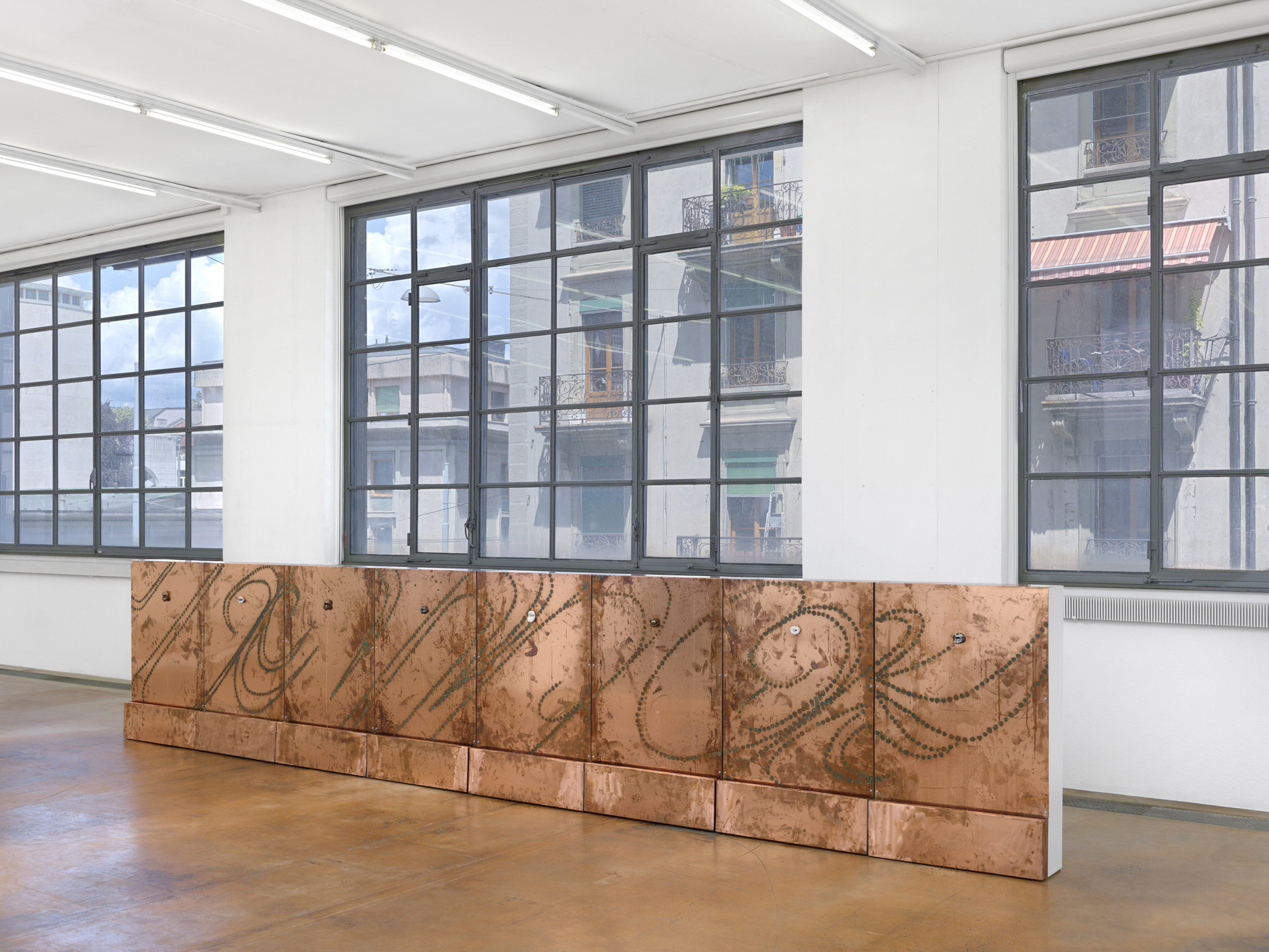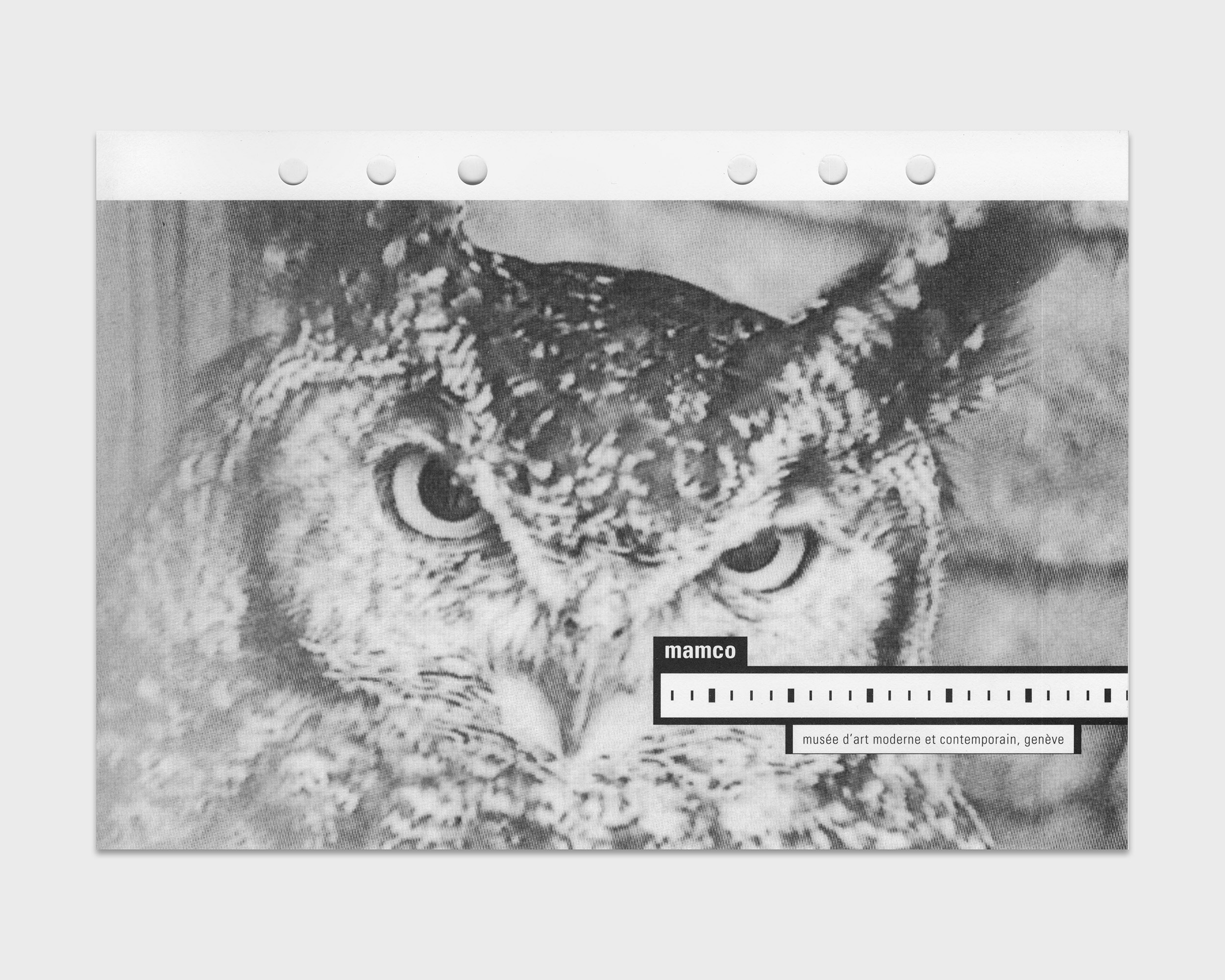The Manor Cultural Prize, formerly known as the La Placette Prize, is one of Switzerland’s most significant awards for the promotion of contemporary art. It was established in 1982 by Philippe Nordmann, president of the Maus Frères group until 2003 and a committed founder of MAMCO, which naturally became the prize’s first institutional partner upon its opening in 1994. Today, the prize is awarded in collaboration with museums across twelve cantons and decided by a professional jury, granting artists national recognition that transcends linguistic boundaries. It includes a grant, the acquisition of a work by Manor, and the production of an exhibition and a publication. Since 1994, all laureates of the Manor Cultural Prize have had the opportunity to exhibit at MAMCO.
Marie-Josée Burki
Il n’y a que le temps qui dure
06.10–23.12.1994
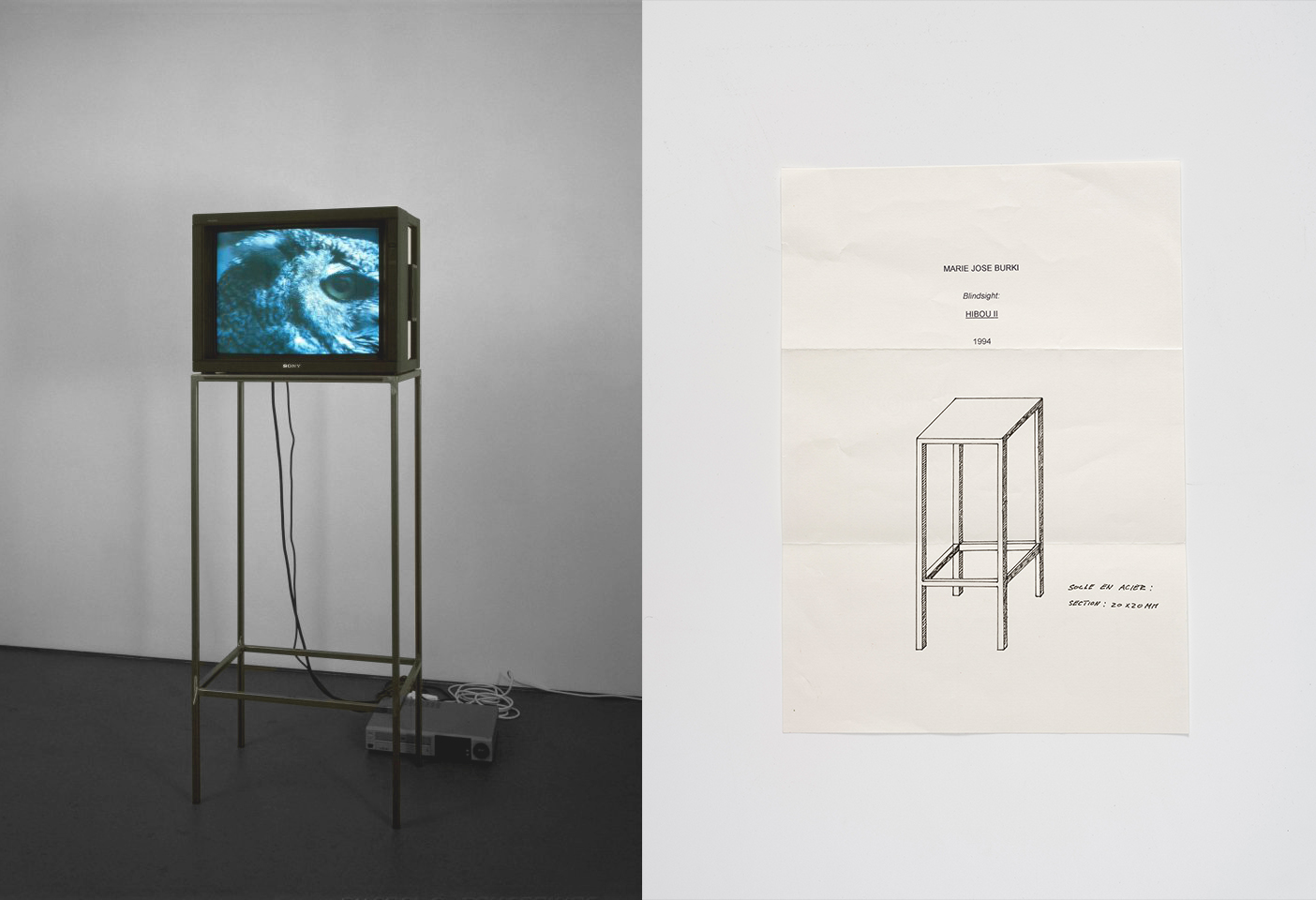
Marie-Josée Burki (Biel, 1961), winner of the La Placette Cultural Prize in 1993, works primarily with video, photography, and installation to create works that probe perception, identity, and human relationships. She often uses humour and absurdity to deconstruct complex ideas. Her projects combine an intimate, poetic sensibility with reflections on memory and the transience of the human condition. Continuing to explore the boundaries between reality and virtuality, she maintains a constant dialogue with technological and cultural developments.
Burki has exhibited at major international institutions such as the Centre Pompidou in Paris and the Camden Arts Centre in London, and her works have featured in several contemporary art biennials. She was a guest artist at the Rijksakademie in Amsterdam in the 1990s, directed the postgraduate program at the École nationale des beaux-arts in Lyon (2000–2002), and taught at the Hochschule für Bildende Künste in Hamburg (2003–2008). Since 2009, she has been a professor at the École nationale supérieure des beaux-arts in Paris.
Christian Robert-Tissot
Perdu de vue
16.04–16.05.1996
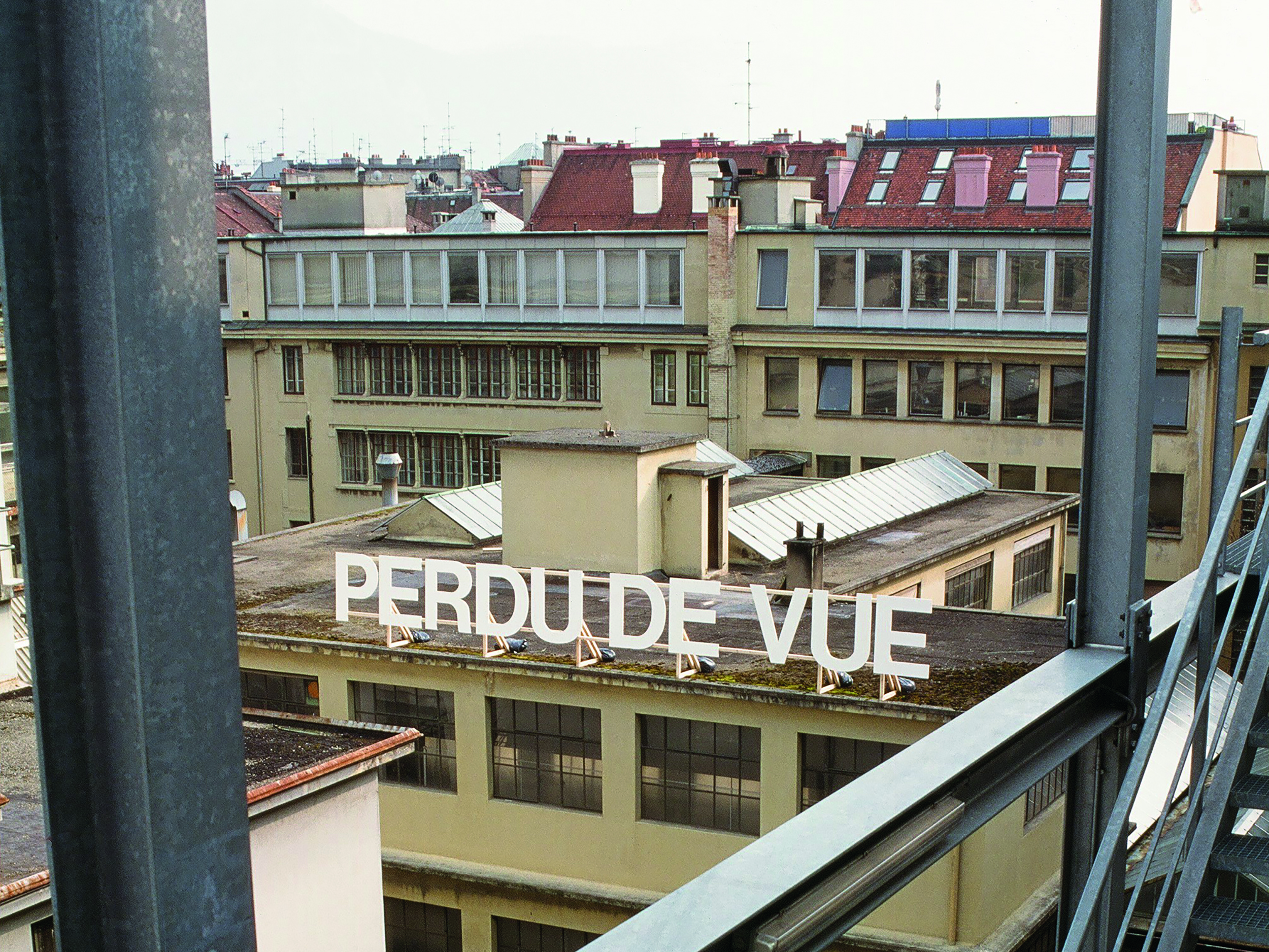
Christian Robert-Tissot (Geneva, 1960), winner of the 1995 La Placette Cultural Prize, creates works centered on the use of language, presented primarily through installations, murals, and typographic objects. His pieces transform words and phrases into images, questioning how text structures our perceptions and everyday spaces. By playfully manipulating scale, context, and meaning, he explores both the banality and ambiguities of contemporary communication. His work also maintains a close dialogue with abstract painting and the “shaped canvas,” borrowing certain formal principles and transposing them into language. Extending his exploration of the power of words to shape reality, he has also been a professor at HEAD – Geneva since 2012.
Robert-Tissot’s works have been exhibited widely in Switzerland and abroad, at venues such as Kunsthaus Zürich and Museum in Progress in Vienna, as well as at international events including the Printemps de Septembre in Toulouse.
Francesca Gabbiani
Byebye
10.03–31.05.1998
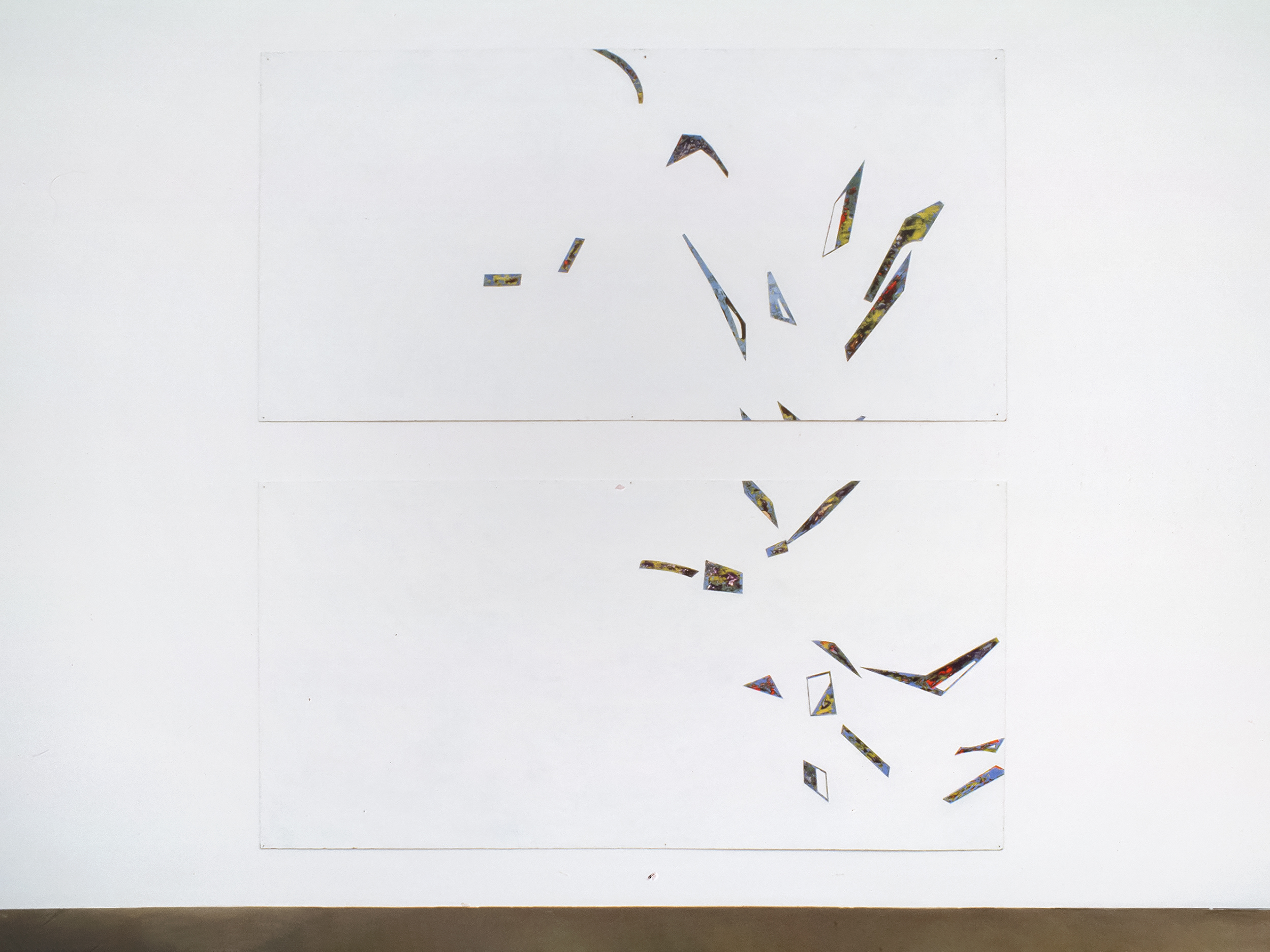
Francesca Gabbiani (Montreal, 1965), winner of the La Placette Cultural Prize in 1997, has developed a practice centered on drawing and collage, which she also employs in installations and animated films. Characterised by formal precision and a strong sense of staging, her works explore the ambivalences of décor, ornamentation, and both interior and natural architecture. Drawing on references from art history and popular culture—such as Gothic literature, architecture, horror, and film noir—she creates images in which the marvellous mingles with the unsettling, continually appealing to the viewer’s visual memory. Gabbiani’s artistic universe unfolds at the frontier between reality and imagination, where décor becomes a field for critical and poetic exploration.
Her work has been shown at institutions such as MoMA in New York and the Hammer Museum in Los Angeles, both of which hold her works in their collections, and she has also participated in several international biennials.
Elena Montesinos
You win!
01.02–09.05.2000
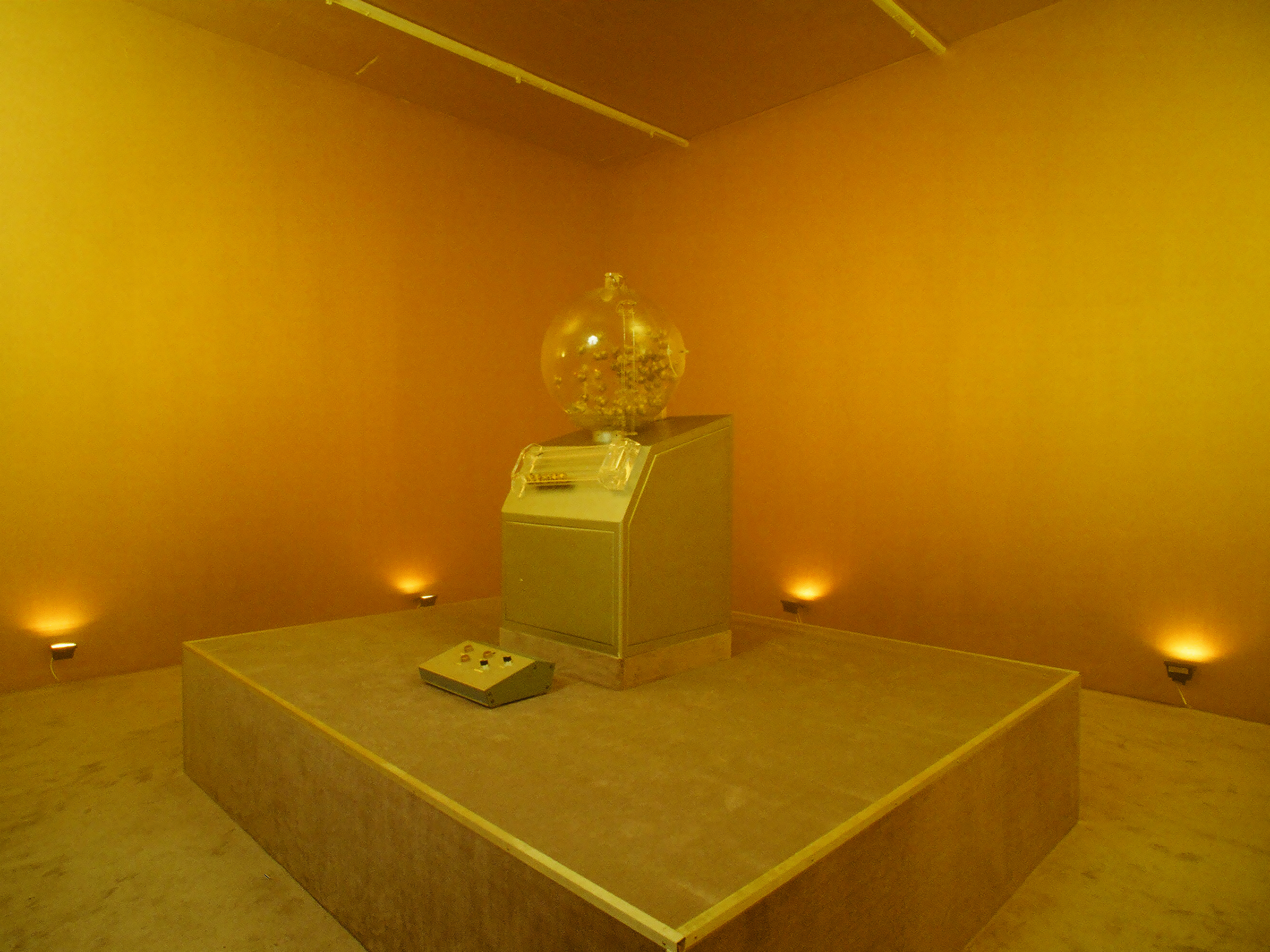
Elena Montesinos (Geneva, 1971), winner of the La Placette Cultural Prize in 1999, has developed a multifaceted practice combining performance, installation, experimental cinema, and electronic music. Investigating the mechanisms of communication, propaganda, and the symbolic power of images, she subverts the codes of advertising, graphic design, and marketing. Often marked by irony and social critique, her work exposes the ways visual messages shape our collective imagination and confronts the excesses of contemporary society, particularly its cult of money. In doing so, she asserts her role as an artist-citizen, transforming public spaces into arenas of confrontation, play, and collective reflection. In her own words: “Some people make money with art and power. Elena Montesinos makes art with money and power instead.”
She has realized numerous projects in Switzerland and abroad, including at Witte de With in Rotterdam, the Centre Culturel Suisse in Paris, and at international festivals and events.
Pierre Vadi
Bleu ciel géographiques
27.03–28.04.2002
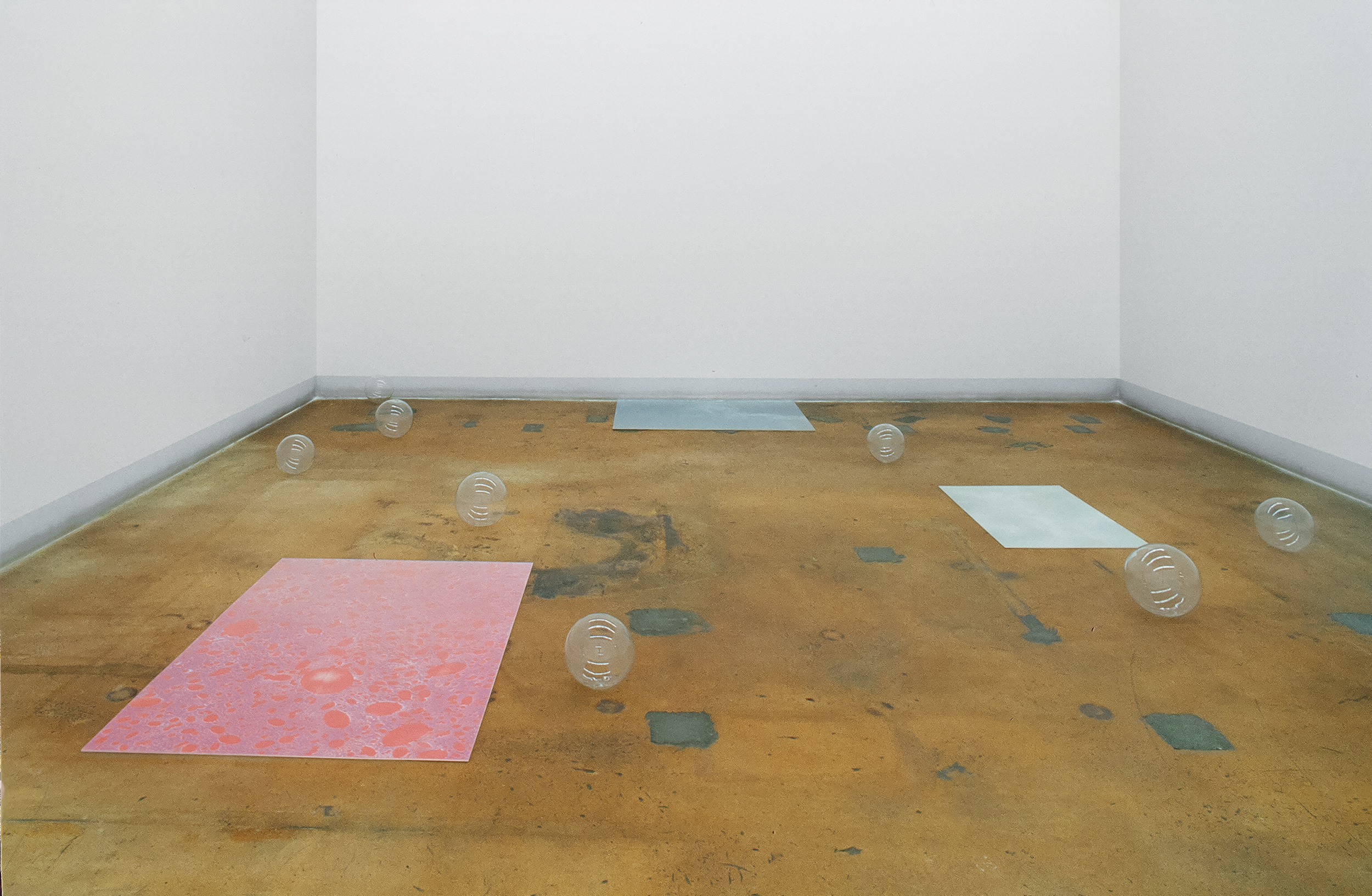
Pierre Vadi (Sion, 1966), winner of the Manor Cultural Prize in 2001, has developed a distinctive sculptural practice that explores the tensions between abstraction, fiction, and contemporary visual culture. Working primarily with industrial and synthetic materials, he creates environments where architectural forms, artificial landscapes, and urban imagery converge. His minimalist yet narrative works evoke fragments of futuristic settings or archaeological remains, balancing monumentality with fragility. Drawing on painting, music, and literature, Vadi investigates how collective images shape our perception of space and objects. His research weaves together visual poetry, critique of representation, and material experimentation.
Since 2005, he has taught at ECAL (École cantonale d’art de Lausanne), and his work has been exhibited at numerous institutions in Switzerland and abroad, including the Helmhaus in Zurich, the Swiss Institute in New York, and the Printemps de Septembre in Toulouse.
Hervé Graumann
Anniversary Show, 1993-2003
28.02–20.04.2003
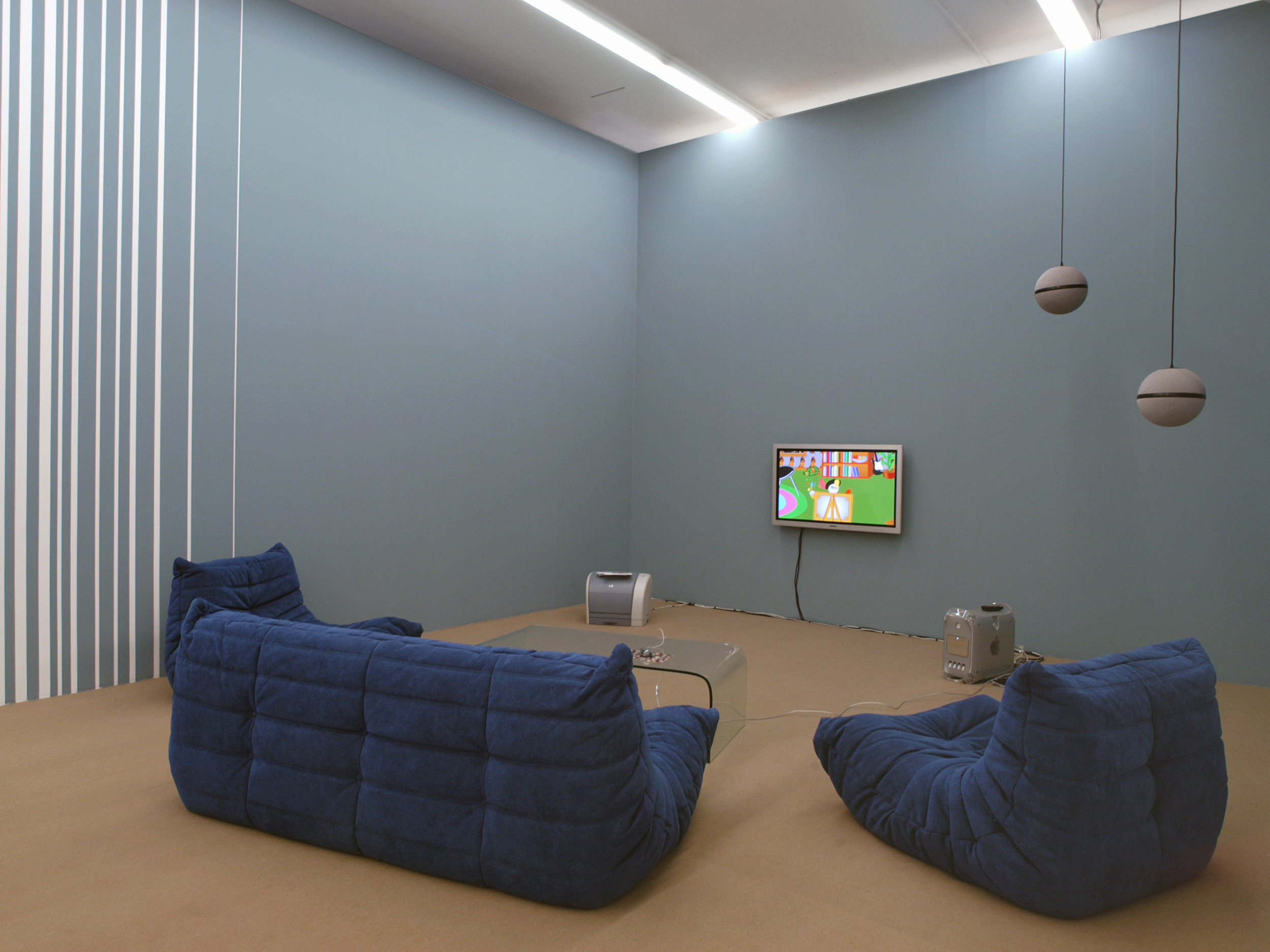
Hervé Graumann (Geneva, 1963), winner of the Manor Cultural Prize in 2003, has developed a practice combining installation, objects, and digital imagery. He addresses contemporary technological and cultural shifts with humour and lightness. A pioneer of digital art in Switzerland, he explores repetition, simulation, and simulacra by transforming everyday motifs into poetic or absurd compositions. His work questions the boundaries between reality and virtuality, craftsmanship and industry, while playing on impermanence and transience. As a result, it offers a vision of digital culture that is both critical and playful, highlighting its effects on our modes of perception.
His work has been shown in institutions such as the Musée des Beaux-Arts in Lausanne and ZKM in Karlsruhe, contributing to ongoing reflections on the place of images and objects in our immediate environment.
Donatella Bernardi
Fortuna, 2002-2005
07.06–18.09.2005
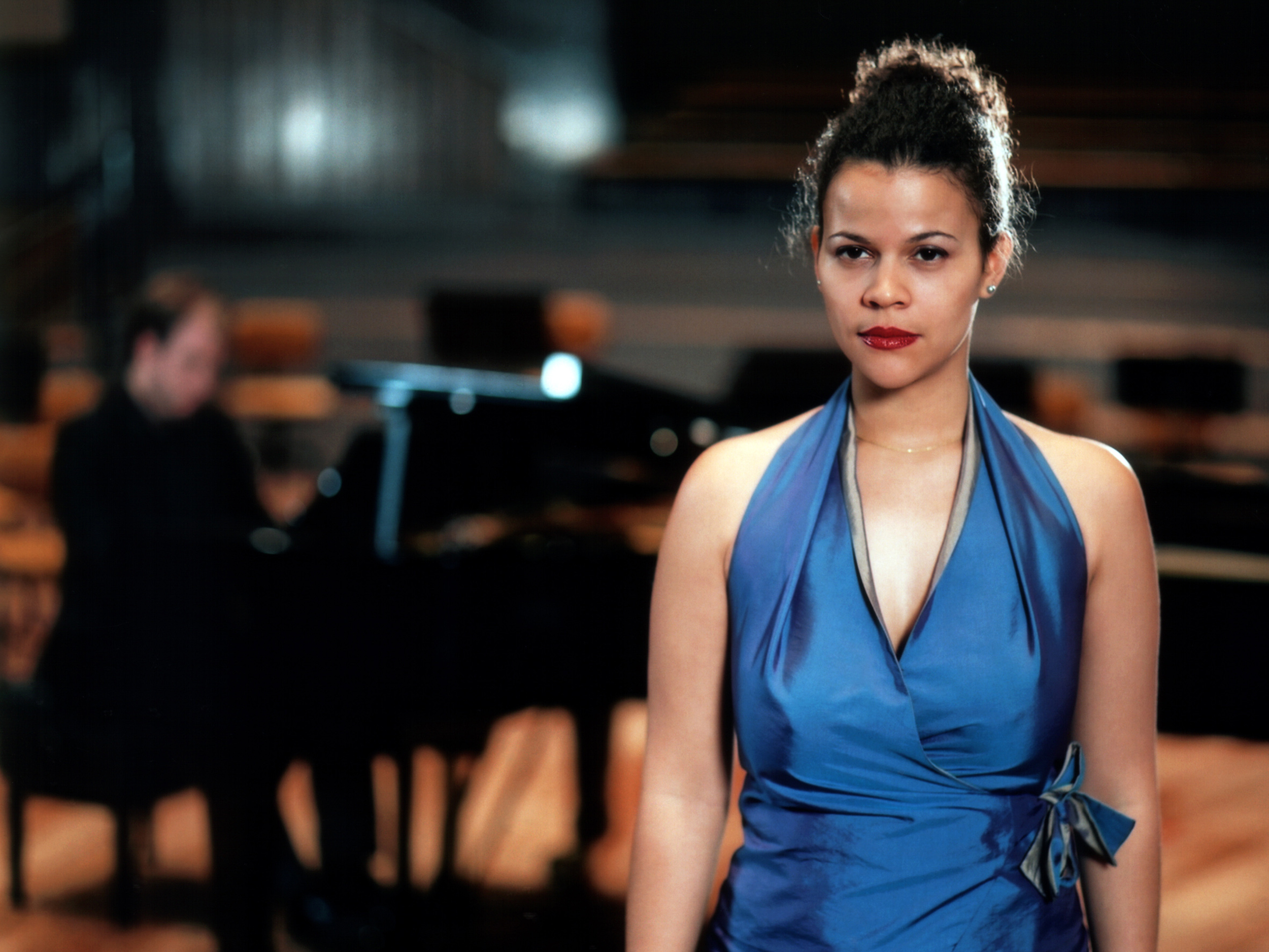
Donatella Bernardi (Geneva, 1976), winner of the Manor Cultural Prize in 2005, has developed a multidisciplinary practice spanning installation, writing, video, and curating. She addresses power relations, collective narratives, and systems of representation with a critical eye shaped by literature, history, and popular culture. Combining theoretical research with artistic production, she creates projects that question the circulation of images, issues of gender, and the economic and cultural structures shaping society. As an artist, researcher, curator, videographer, and cultural institution director, she has built an open body of work at the intersection of art, writing, and critical thought, where new forms of narration and transmission are devised.
Her work has been presented at numerous international institutions and events, including the Centre Culturel Suisse in Paris, the São Paulo Biennial, and the Kunsthalle Bern.
Jérôme Leuba
Spectre
06.06–09.09.2007
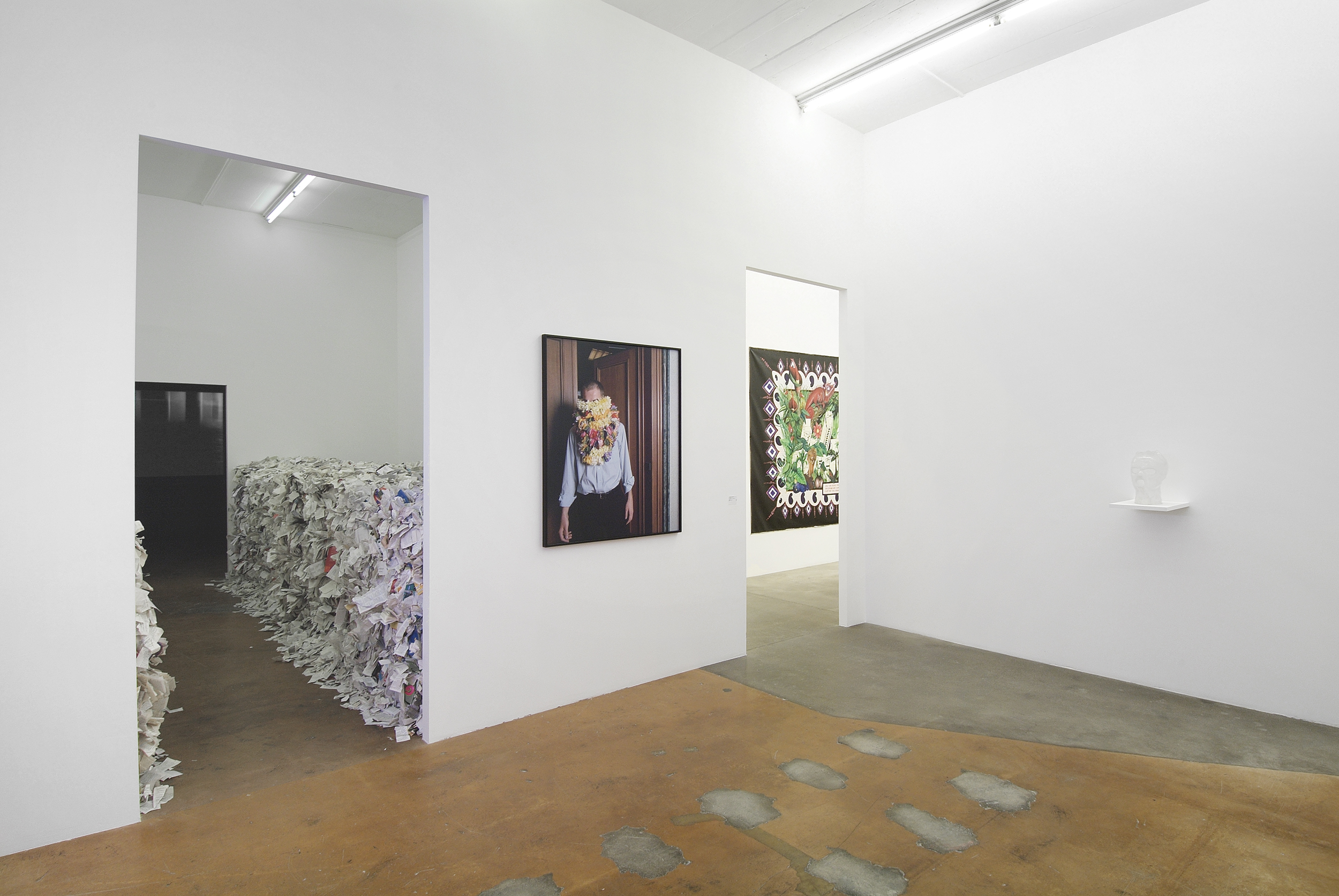
Jérôme Leuba (Geneva, 1970), winner of the 2007 Manor Cultural Prize, has developed a multifaceted practice combining installation, video, performance, and photography. He stages what he calls “battlefields”: territories of confrontation where the codes of art, media, and society intersect. Using strategies of visibility and invisibility, Leuba interrogates mechanisms of power and forms of symbolic or cultural violence that permeate daily life. His interventions—at once spectacular and discreet—blur the line between fiction and reality while actively engaging viewers and encouraging their participation. His practice thus combines social critique with aesthetic experimentation to challenge contemporary representations.
His works have been shown in institutions such as the Musée d’art moderne in Saint-Étienne and the Martin-Gropius-Bau in Berlin. He also heads the VIMM Unit (Visibilities, Moving Images and Media) at the School of Design and Art in Sierre.
Marc Bauer
Premier conte sur le pouvoir
28.10–17.01.2010
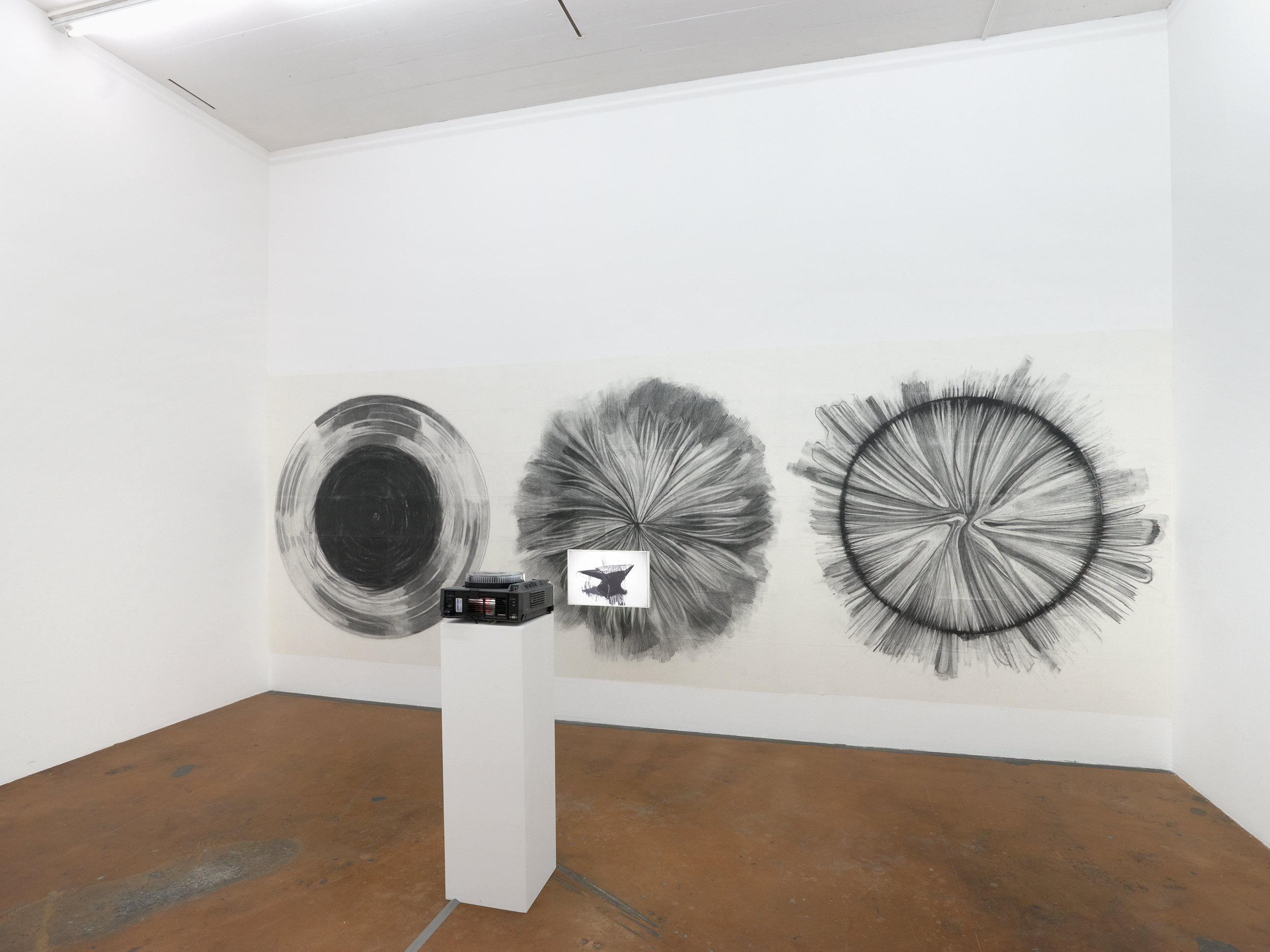
Marc Bauer (Geneva, 1975), winner of the Manor Cultural Prize in 2010, has developed a practice centered on drawing, which he employs in series, wall installations, and animations. His work investigates the formation of personal and collective memory by intertwining personal stories, historical records, and images from popular culture. With a style that is both fragile and incisive, he illuminates the grey zones of history and the fractures of contemporary society, while addressing themes of identity, migration, and transmission. For Bauer, drawing becomes a critical and sensitive tool for probing the imagination and questioning our relationship with the past.
His work has been exhibited at numerous international institutions and events, including the Menil Drawing Institute in Houston, the Centre Culturel Suisse in Paris, and the Congo Biennale in Kinshasa. His works are also held in major public collections such as the Kunsthaus Zürich, the Centre Pompidou in Paris, the Kunstmuseum St. Gallen, and the Nouveau Musée National de Monaco.
Mai-Thu Perret
Spectra
08.06–18.09.2011
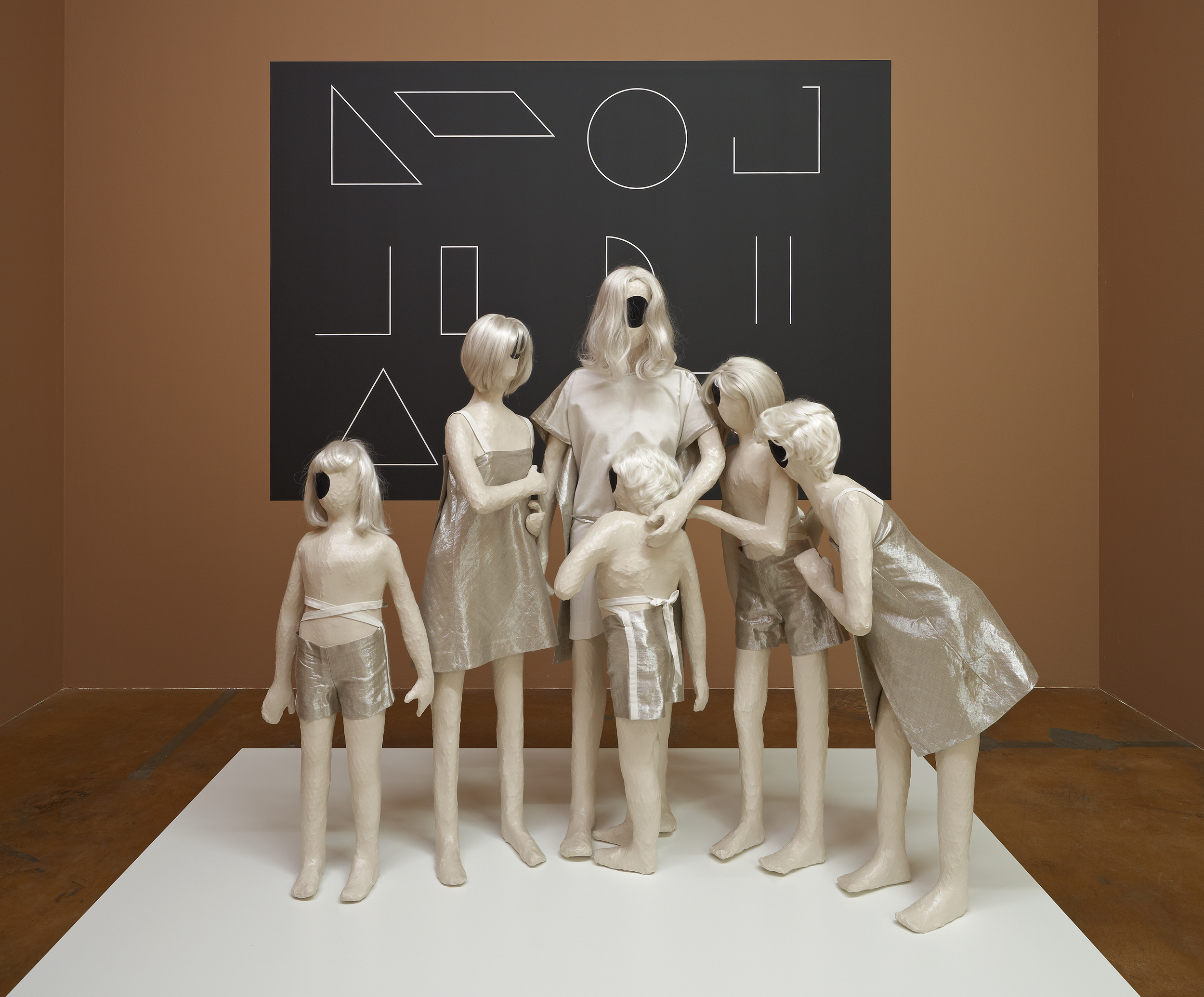
Mai-Thu Perret (Geneva, 1976), winner of the 2011 Manor Cultural Prize, has developed a multidisciplinary practice spanning sculpture, painting, ceramics, installation, and performance. Since the early 2000s, she has constructed a narrative universe centered on fictional utopian communities where references to art history, modernism, feminism, and political avant-gardes converge. Blending craftsmanship with formal experimentation, her works give shape to narratives in which collective imagination engages with contemporary social and political concerns. They propose a critical and poetic rewriting of art history, where issues of gender, community, and transmission occupy a central place.
Perret has presented her work at major international institutions such as the Chisenhale Gallery in London, the Renaissance Society in Chicago, and the San Francisco Museum of Modern Art.
Sonia Kacem
Loulou
29.10–18.01.2015
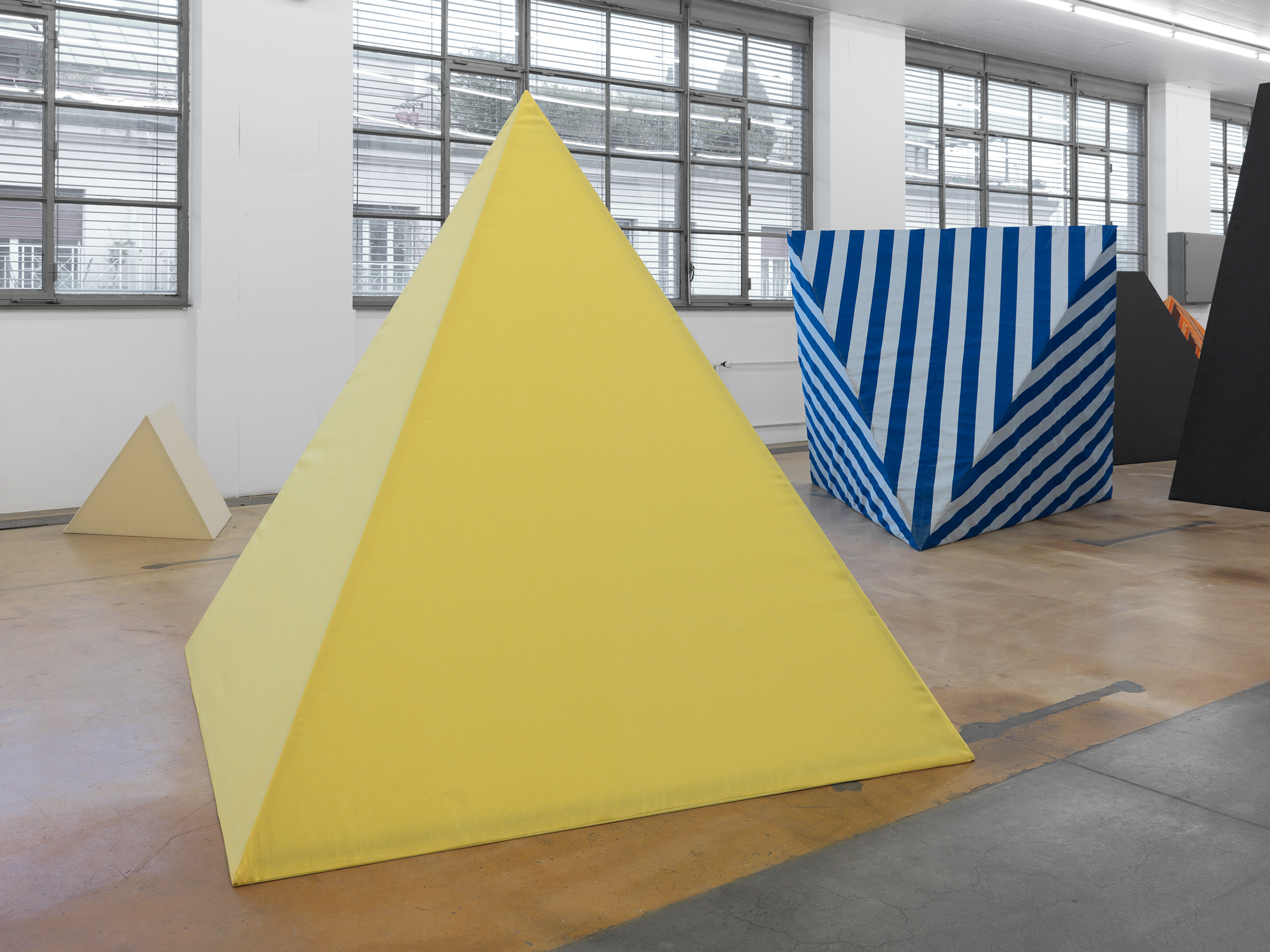
Sonia Kacem (Geneva, 1985), winner of the 2014 Manor Cultural Prize, develops a sculptural and installation-based practice that examines the relationships between form, color, and materiality. Her monumental works, made from textiles, plastics, and construction materials, transform exhibition spaces into immersive environments that play with scale and perception. Positioned at the intersection of abstraction and material sensuality, her practice investigates the memory of forms, balancing references to the history of sculpture with contemporary concerns. She brings a fresh perspective to sculpture, where fragility and formal power coexist in a precarious equilibrium.
Kacem has presented projects at international institutions such as the Kunsthalle St. Gallen, the Centre Culturel Suisse in Paris, and the Museum of Modern Art in Luxembourg. She was also nominated for the Marcel Duchamp Prize in 2020.
Émilie Parendeau
Ça m'inquiète toujours ces sirènes
24.02–01.05.2016
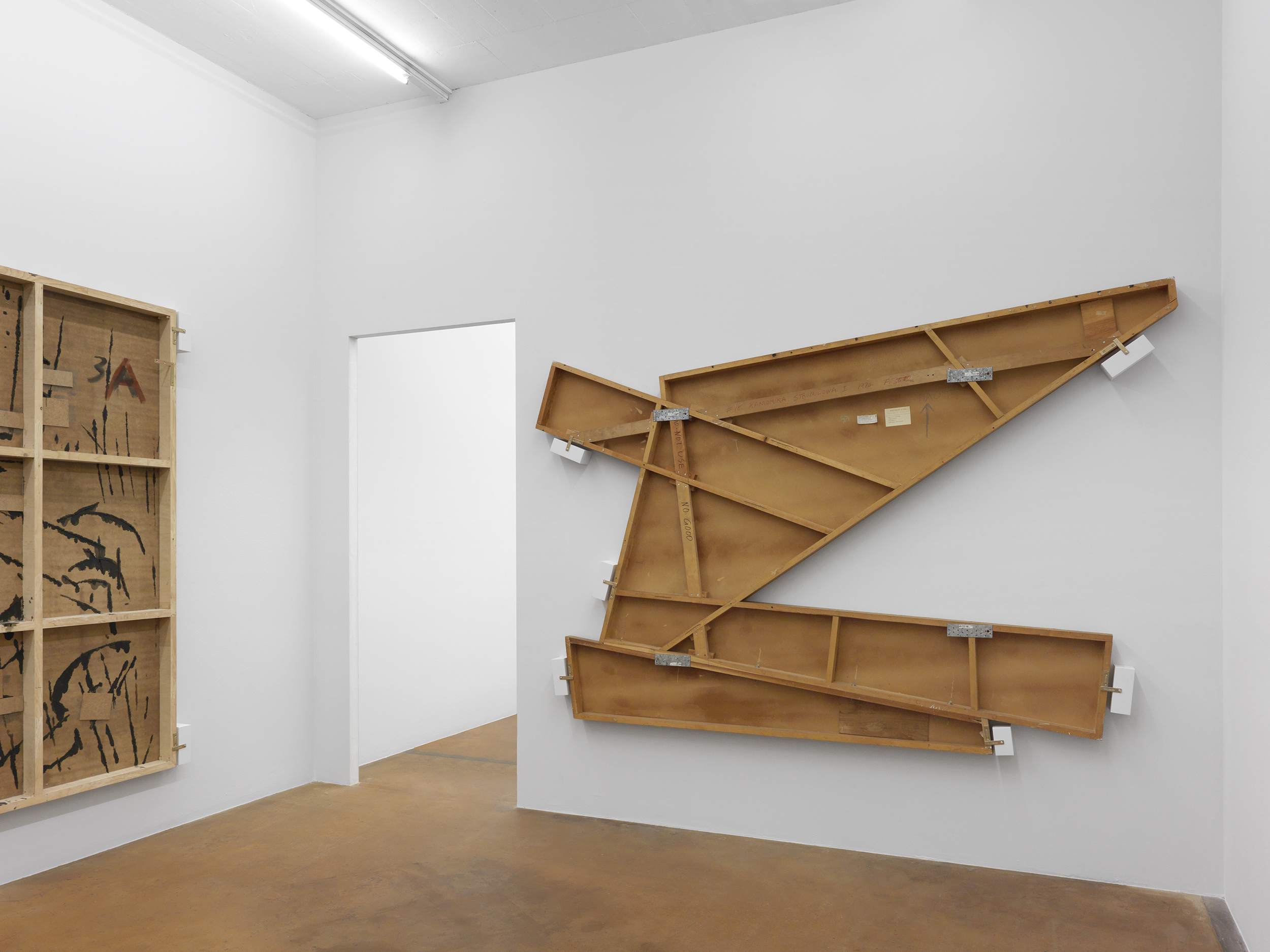
Émilie Parendeau (Évian, 1980), winner of the 2016 Manor Cultural Prize, has developed a practice that interrogates the conditions of production, dissemination, and reactivation of artworks. Through appropriations, scores, and protocols, she creates situations in which the work unfolds as a collective process rather than existing as a fixed object. Her conceptual and collaborative approach brings to light institutional logics and modes of circulation in art, while probing exhibition memory and the notion of transmission. Her work offers a critical reflection on the temporality and reproducibility of art, where the exhibition itself becomes both medium and form.
Parendeau has presented projects at institutions in Switzerland and abroad, including the Centre d’Art Contemporain in Geneva, the Frac Franche-Comté, and the Palais de Tokyo in Paris.
Timothée Calame
INTER
17.04–17.06.2018
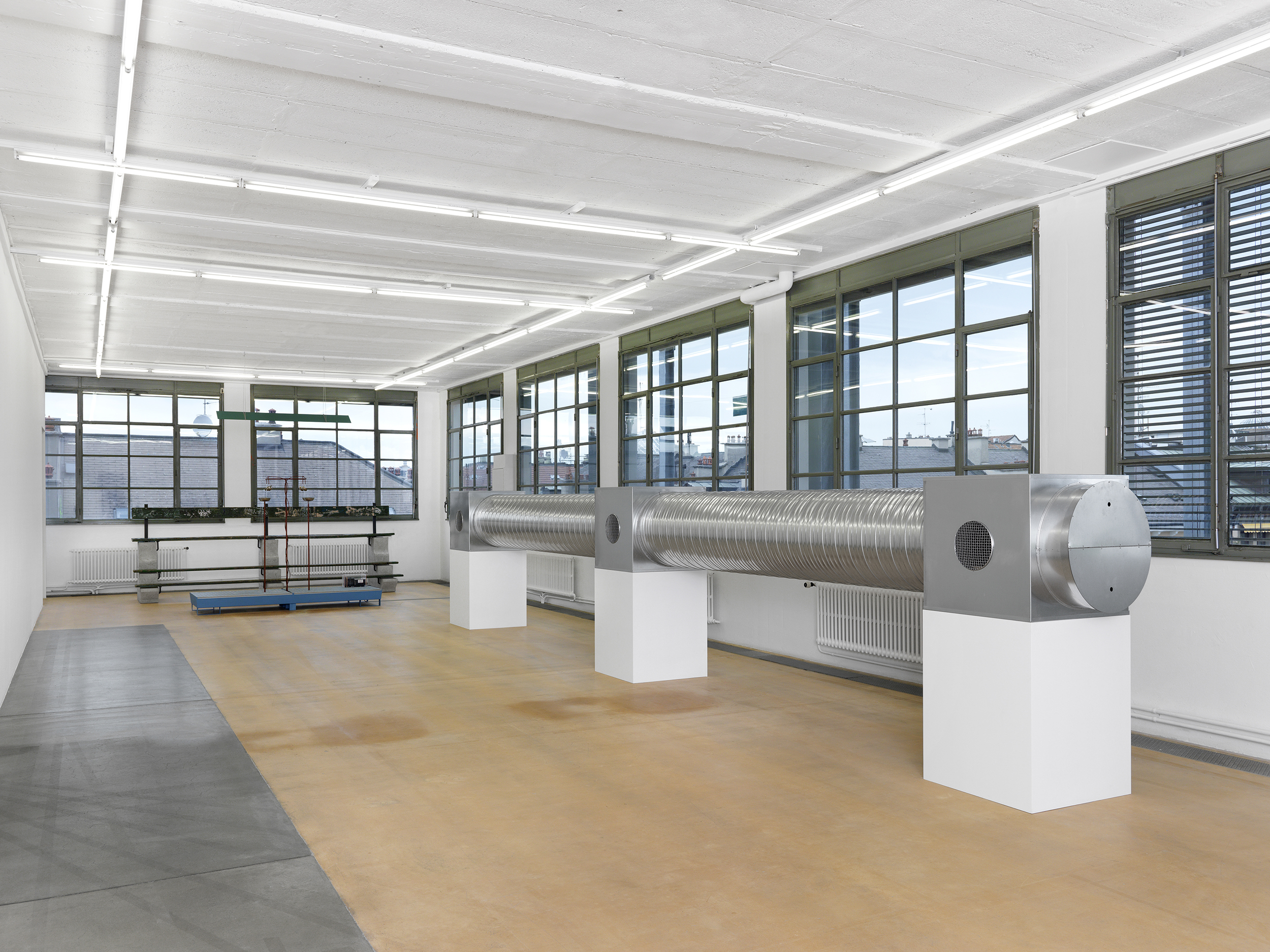
Timothée Calame (Geneva, 1991), winner of the 2018 Manor Cultural Prize, has developed a multifaceted practice spanning painting, sculpture, installation, and contextual interventions. Engaging with the codes of architecture, design, and exhibition, he transforms modest or functional materials into ambiguous devices that are at once poetic and critical. Through subtle shifts, he questions the practical value of objects and the ways they shape our behaviours and environments. His work unfolds in a hybrid field where formal experimentation, contextual awareness, and reflexion on the very nature of art converge.
Calame’s works have been presented at institutions such as Fri-art in Fribourg, the Swiss Institute in New York, the Kunsthaus Glarus, and the Palais de Tokyo in Paris.
Gaia Vincensini
08.07–12.09.2021
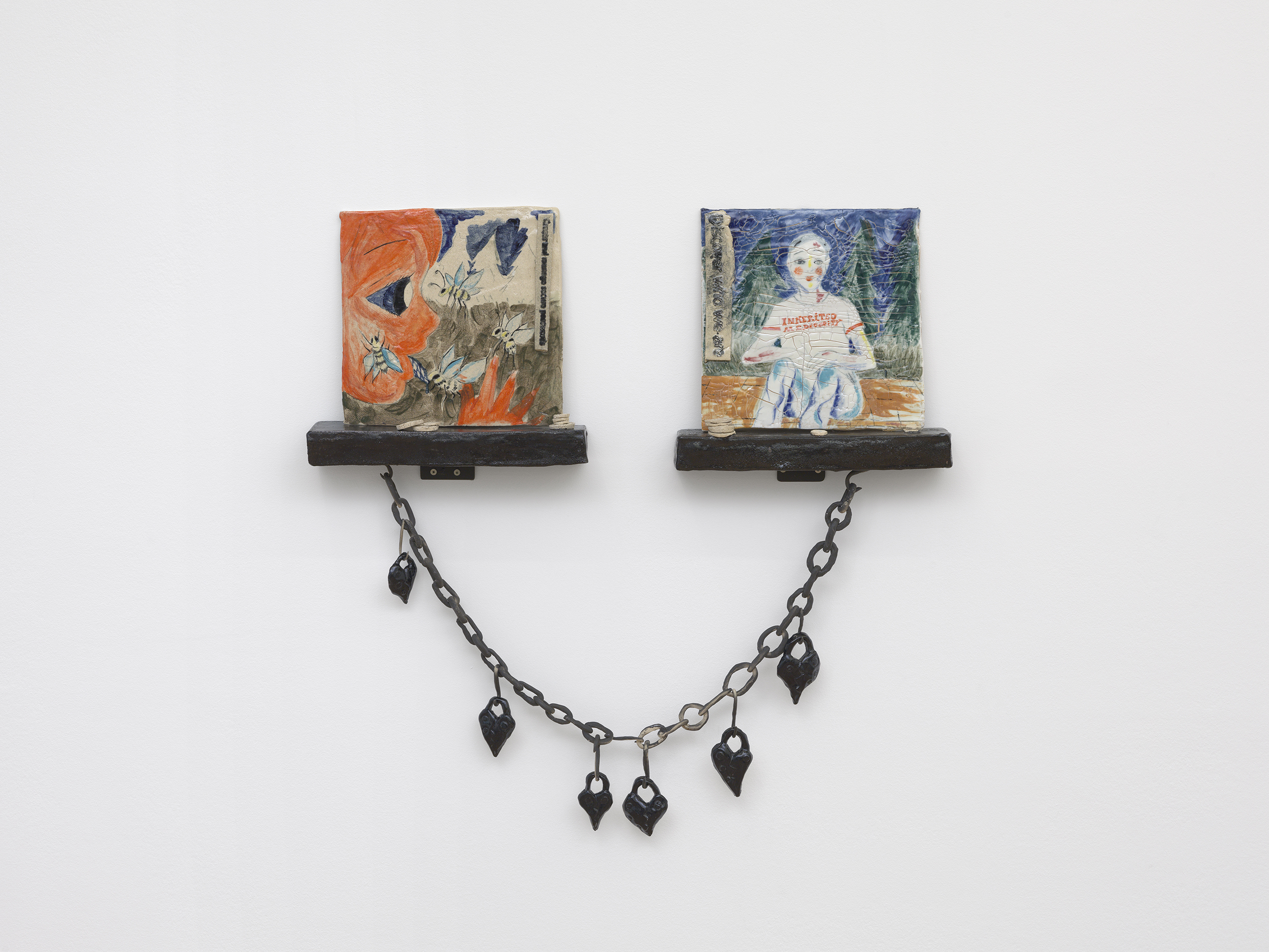
Gaia Vincensini (Geneva, 1992), winner of the 2021 Manor Cultural Prize, has developed a practice that brings together painting, drawing, sculpture, and installation. Drawing on everyday imagery, political symbols, and popular culture, her works create environments where social critique and poetic imagination intersect. Working across techniques such as textiles, metal, and fresco, she constructs a visual language that is at once direct and allusive. Through this, she questions power relations, collective mythologies, and modes of production, asserting a distinctive approach in which art becomes a tool for critical and sensitive storytelling about the contemporary world.
Vincensini’s projects have been presented at institutions such as the Centre Culturel Suisse in Paris and the Kunsthaus Baselland, as well as in international group exhibitions.
Lou Masduraud
04.07–03.09.2023
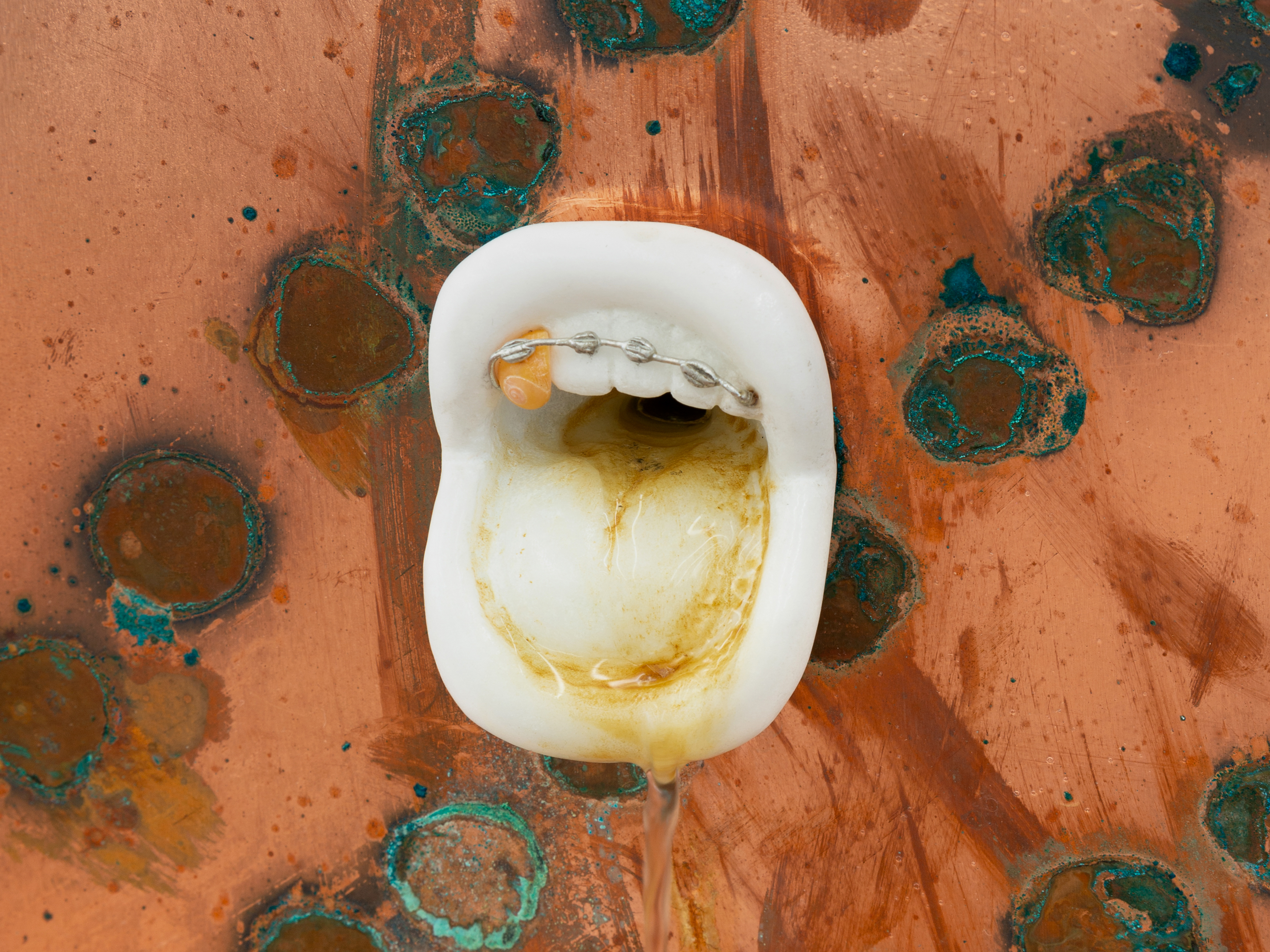
Lou Masduraud (Montpellier, 1990), winner of the Manor Cultural Prize in 2023, develops a sculptural and installation-based practice that examines the relationships between desire, power, and social structures. Her immersive works often transform exhibition spaces into ambiguous environments where organic forms, architectural elements, and references to digital cultures intertwine. Using a wide range of materials and collaborative processes, she investigates the relationship between body and space, the intimate and the collective, proposing new ways of inhabiting the world. She thus creates a practice that is both sensual and critical, envisioning sculpture as a field of social and political experimentation.
Masduraud’s works have been presented at institutions such as the Centre d’Art Contemporain in Geneva, the Kunsthaus Glarus, the Kunsthalle Basel, and the MACRO in Rome.
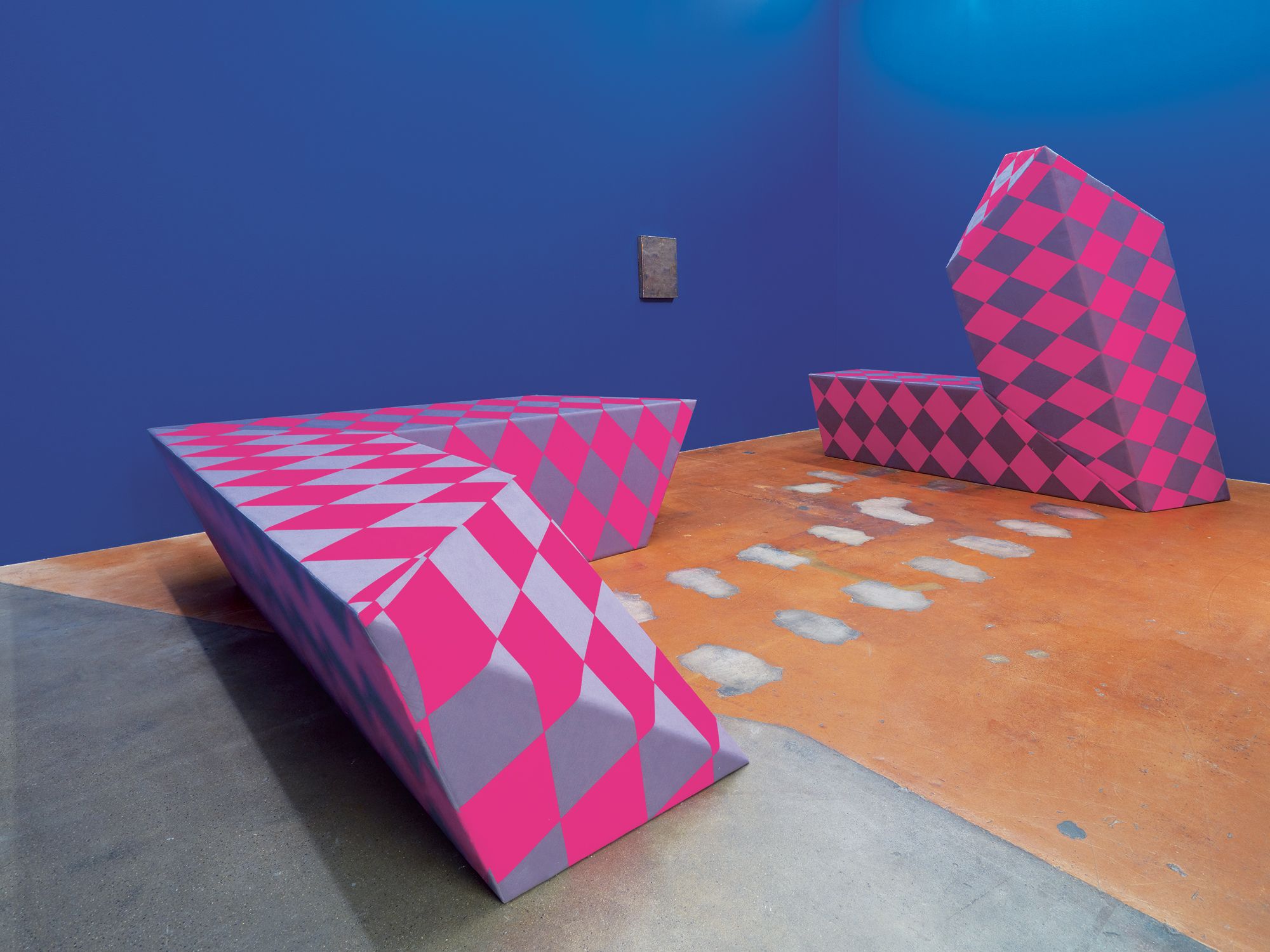
Spectra

Loulou

Ça m'inquiète toujours ces sirènes
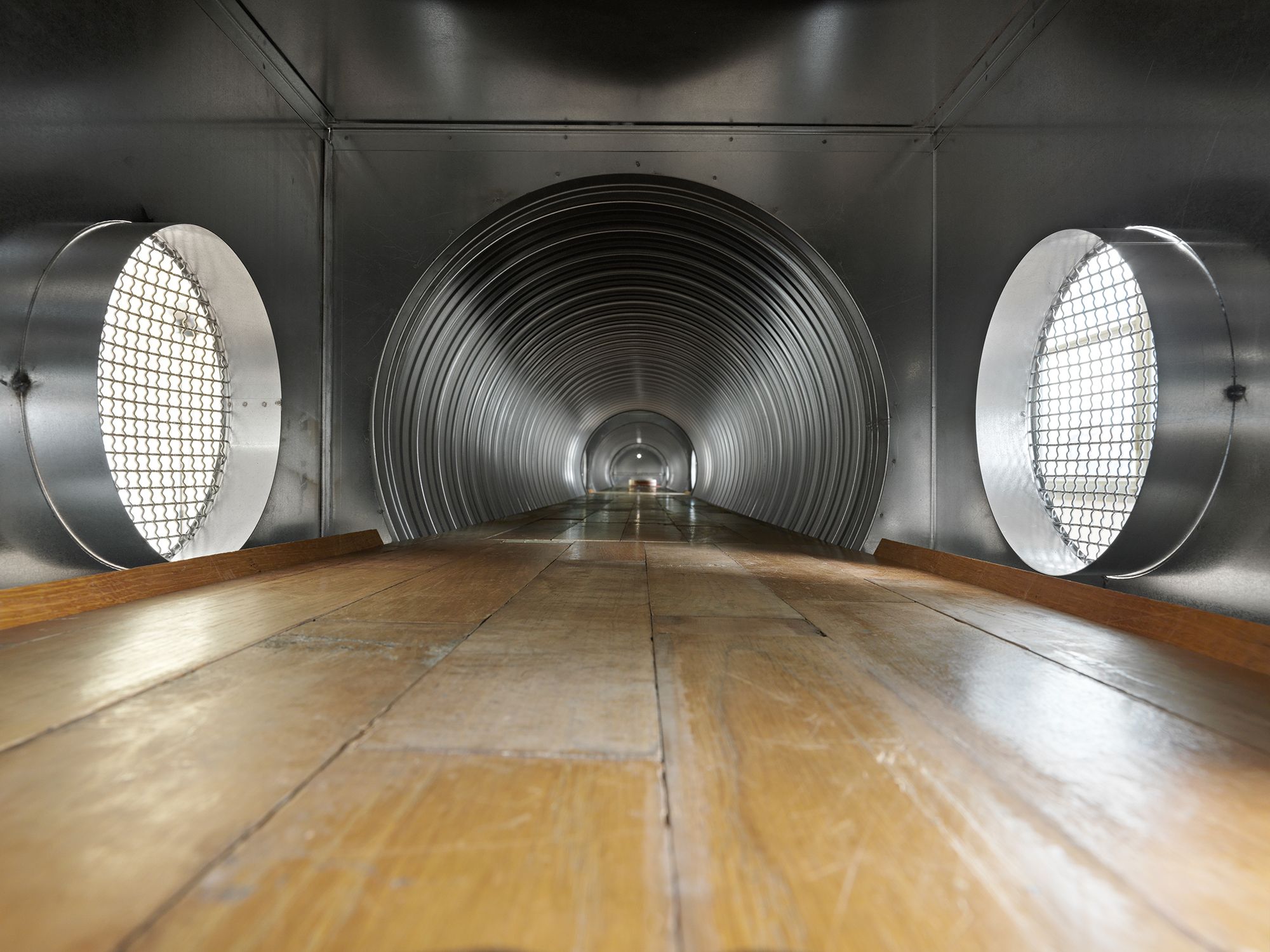
INTER

